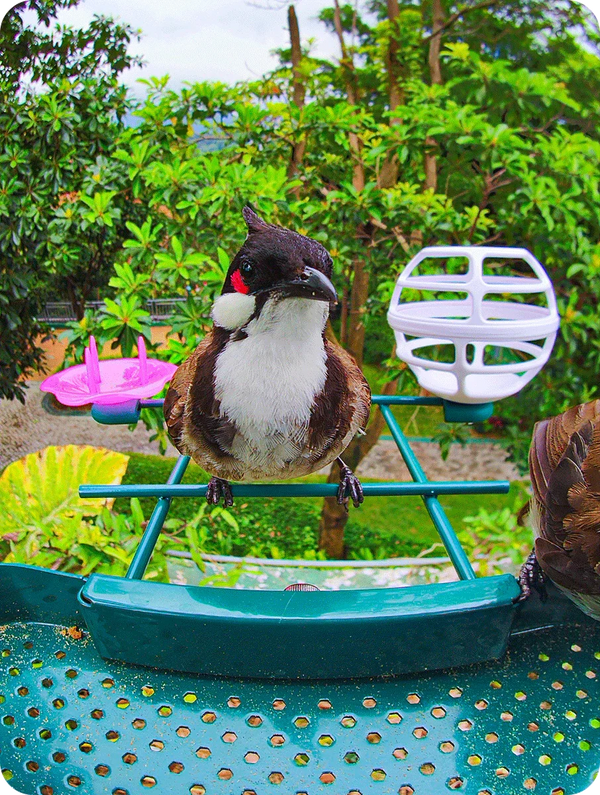Discover the Secret to Attracting Hummingbirds Like Never Before!
Hummingbirds are among the most captivating creatures in nature, mesmerizing birdwatchers and casual observers alike with their vibrant colors and incredible agility. Watching these tiny birds hover gracefully around feeders is not just a hobby; it’s an experience that connects us with the wonders of wildlife. To effectively attract hummingbirds, using the right feeder and nectar mix is crucial. A well-chosen feeder can make all the difference in creating an inviting atmosphere for these beautiful birds. Understanding their preferences and feeding behaviors enhances your birdwatching experience, ensuring that you’ll have plenty of opportunities to enjoy their presence in your garden.

Understanding Hummingbird Feeding Habits
Hummingbirds primarily feed on nectar, which provides them with the sugars necessary for their high-energy lifestyle. However, their diet also includes small insects and spiders that supply essential proteins and nutrients. These birds are known for their distinctive feeding patterns, often visiting multiple flowers in a single outing, which helps with pollination. During the spring and summer months, hummingbirds are particularly active, feeding more frequently to support their energy needs for migration and nesting. As seasons change, so do their feeding habits; they may seek out feeders more actively as natural food sources dwindle in late summer and early fall. Understanding these patterns can help you determine the best times to refill your feeders and ensure the birds have a consistent food supply.
Choosing the Right Hummingbird Feeder
When it comes to selecting a hummingbird feeder, there are various types available, each with unique features. Glass feeders are popular for their aesthetic appeal and durability, often coming in bright colors that attract hummingbirds. However, they can be heavier and more prone to breaking. Plastic feeders are lightweight and usually more affordable, but they may not last as long as glass options. Additionally, decorative feeders with intricate designs can add charm to your garden but may be harder to clean. The key is to choose a feeder that is easy to disassemble for cleaning, as hygiene is vital to preventing mold and bacteria that can harm hummingbirds. Assessing your local weather conditions and personal preferences will help you select the feeder that best suits your needs.
DIY Hummingbird Feeder Solutions
If you're feeling crafty, creating a DIY hummingbird feeder can be a fun and rewarding project. One simple method involves using a clean, empty plastic bottle. Start by making a few small holes in the bottle cap to allow the nectar to flow out slowly. Fill the bottle with your homemade nectar mixture, and then invert it over a shallow dish or a plate with a rim to collect any drips. Make sure the bottle is securely fastened to prevent spills. You can also use a mason jar, which can be easily transformed into a feeder with a few modifications. Just remember to keep the feeder clean and refill it regularly, ensuring the birds have a consistent food source. Not only does a DIY feeder save money, but it also allows you to express your creativity while providing nourishment for these delightful birds.
Preparing the Perfect Nectar Mix
Creating the ideal nectar mixture for hummingbirds is simple and requires only two ingredients: granulated white sugar and water. The standard ratio is one part sugar to four parts water, which mimics the natural nectar they would find in flowers. It's essential to dissolve the sugar completely in boiling water to ensure it's well mixed. Once cooled, the nectar can be stored in the refrigerator for up to two weeks. Avoid using any artificial colors or additives, as these can be harmful to hummingbirds. When filling your feeder, leave out any red dye, as it’s unnecessary and potentially dangerous. Clean the feeder thoroughly every few days, especially in warmer weather, to prevent mold and ensure a safe feeding environment for your feathered friends.
Additional Tips for Attracting Hummingbirds
To maximize your chances of attracting hummingbirds, consider the placement of your feeders. Position them in sunny spots where they can be easily seen from a distance, ideally near colorful flowering plants that provide natural nectar sources. Brightly colored flowers, especially red, orange, and pink varieties, can draw hummingbirds in and encourage them to visit your feeders. Additionally, maintaining a clean feeder and regularly refilling it will create a reliable feeding station. Patience is key; hummingbirds may take time to discover new feeders, but once they do, they’ll return frequently. Observing their behavior can also be a fascinating way to connect with nature and appreciate the beauty of these remarkable birds.
Final Thoughts on Attracting Hummingbirds
Attracting hummingbirds to your garden is a rewarding endeavor that involves understanding their needs and preferences. By choosing the right feeder and preparing the perfect nectar mix, you can create an inviting environment that encourages these beautiful birds to visit. Remember, consistency, cleanliness, and patience are essential components of successful birdwatching. With a little effort, you’ll soon be rewarded with the sight of hummingbirds flitting about your garden, bringing joy and vitality to your outdoor space. So gather your supplies, get started, and enjoy the enchanting experience of birdwatching!








